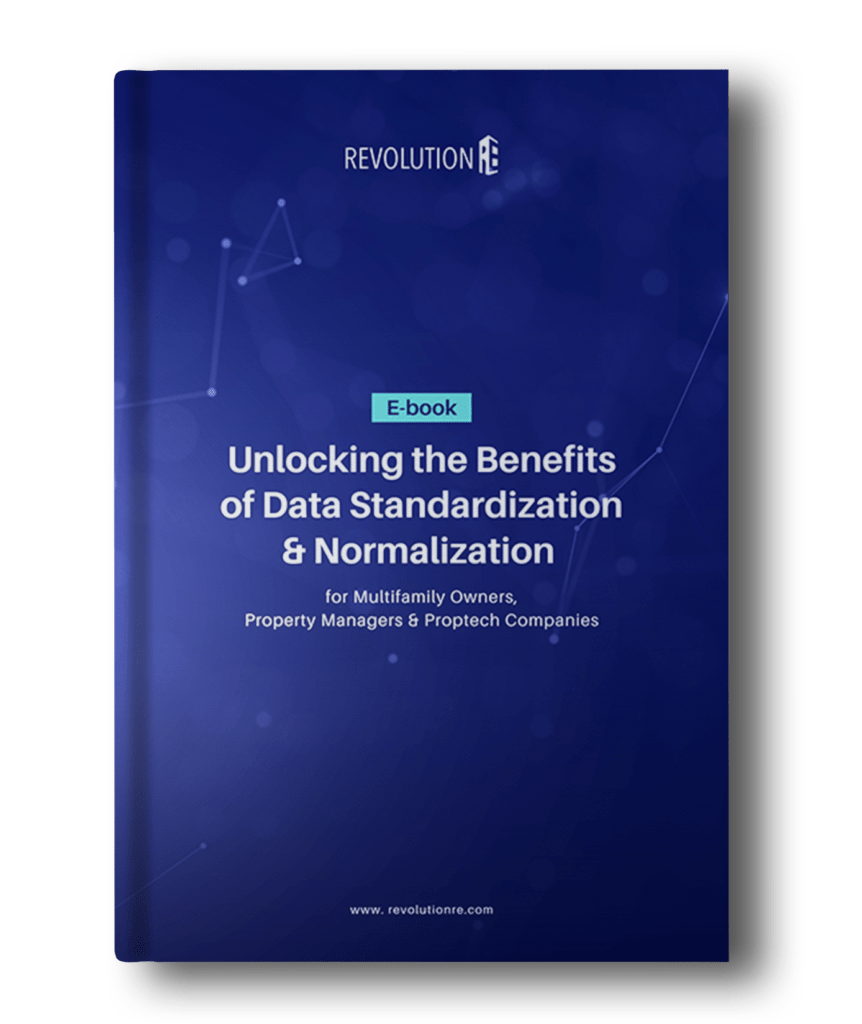Data is powerful. To make good business decisions and take advantage of opportunities, managers need to have access to the right information and insights. In today’s technology-driven environment, there is no way around collecting vast amounts of data from multiple sources. Multifamily communities consume massive amounts of resources and produce invaluable information about their operations that can support maintenance, sharpen spending, and even reduce employee turnover. Operators can also tap into insights about their tenants’ behavior for better solutions to improve the overall quality of living for their communities. Having the “right data” means it must be clean, consistent and useable. In order to truly capitalize on a well-heeled data strategy, operators must go beyond the mere collection and storage of data. Data must be standardized and normalized in order to realize its full potential.
1. What is Standardized and Normalized Data
Data standardization and normalization are two processes used to convert raw data into a format that is easier to use and interpret.
Standardization is the process of converting data into a standard format. For example, if you have a dataset that contains information about the occupancy of a property, the standardization process would convert the data into a single format, such as a percentage that goes out two numbers after the decimal point, or 92.73%.
Normalization is the process of transforming data into a standard range. The normalization process will convert the data in the example above into a standard range, such as 0-100%.
2. Benefits of Good Data
By utilizing standardized and normalized data, communities are able to make much more effective and accurate comparisons across properties. Comparing similar properties offers operators context, which is critical for highlighting what is working and what is not working at the asset level. Without standardization, it is nearly impossible to compare information across multiple properties, which can lead to inaccurate conclusions and poorly run communities.
By standardizing and normalizing data, communities can more effectively collect and analyze data. This allows for tracking trends and setting goals. With proper monitoring over time, communities can more easily identify problems and reach faster, more effective, data-driven solutions.
3. The Problem with Bad Data
Alternatively, inaccurate conclusions due to incomplete and inconsistent data can impact more than a communities’ immediate bottom line. Lack of data standards can impact the people that make up the communities as well. Decreased communication between residents and management can lead to higher turnover at both the resident and staff level, which may negatively impact the well-being of the community in the long-term. The longer data is left untended, the more challenging it is to resolve any inconsistencies and errors that occurred in the past.
4. Crafting a Plan
Having a data strategy is similar to going on a diet; planning a massive and immediate overhaul that requires a total change in behavior is not likely to succeed. Rather, finding tools and defining easy-to-reach, incremental improvements, training and top-down commitment to achieving an attainable goal will put most real estate companies on track to developing better data standards for the future. With the right data and a well-planned approach, companies can both enhance the quality of living at their communities and improve their bottom line.
We invite you to subscribe to our newsletter for updates and industry news.
